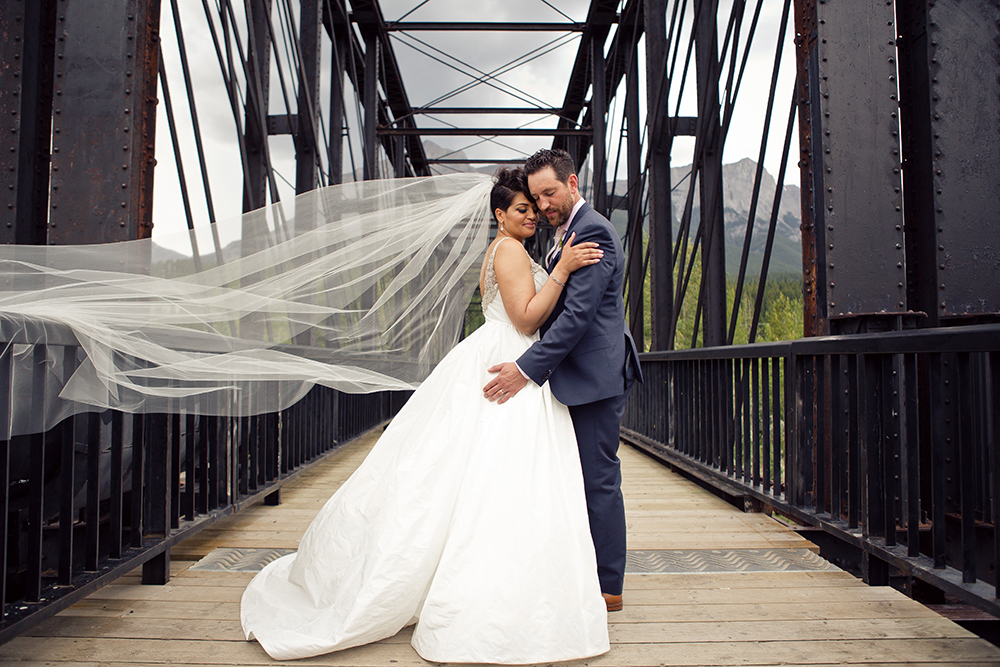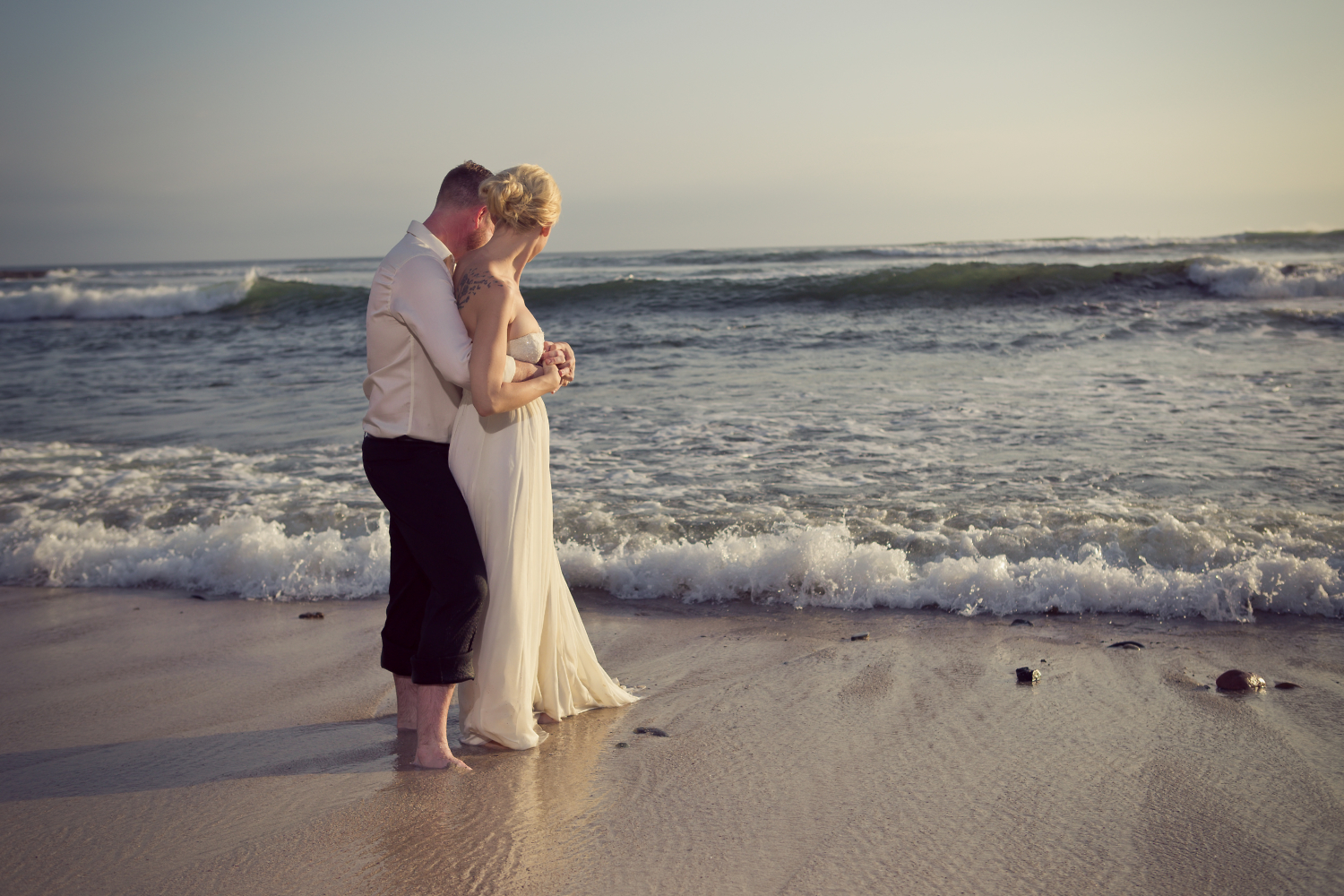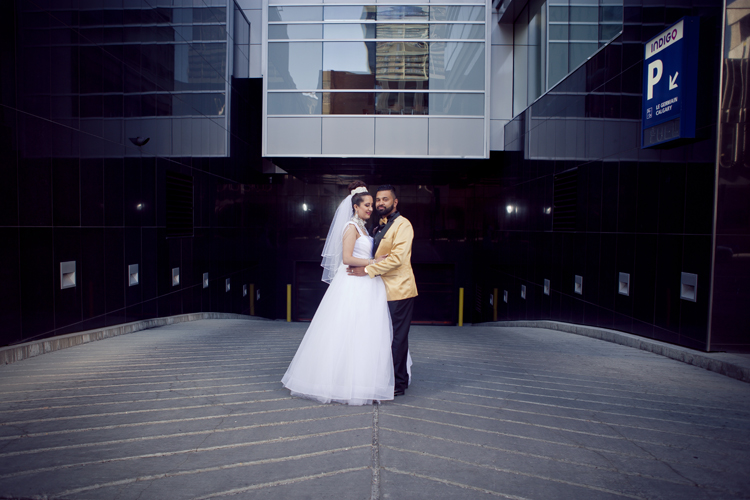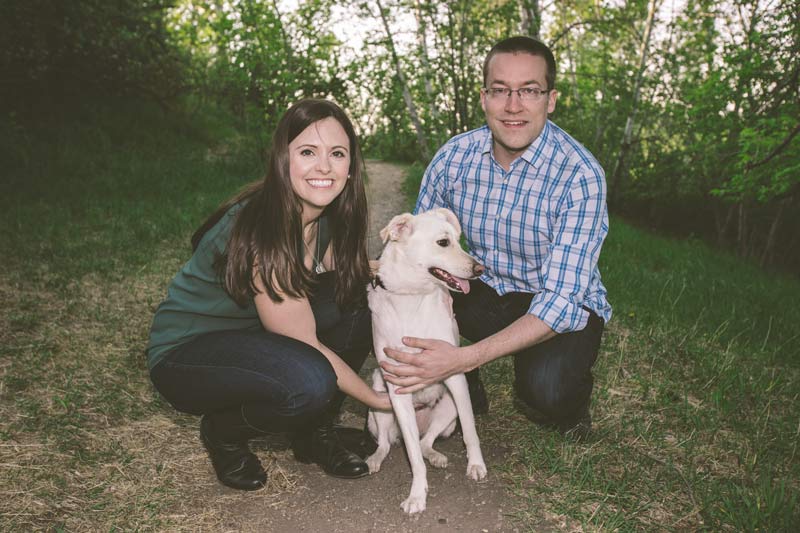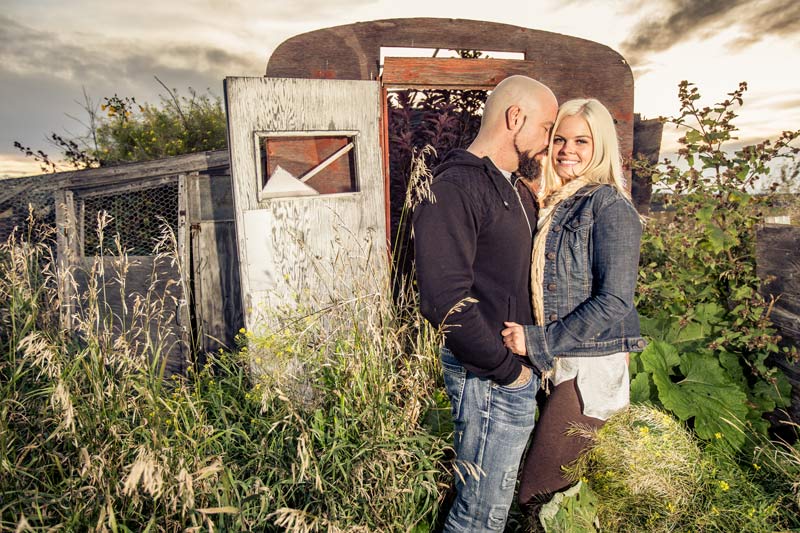Think You Know What A Supermodel Looks Like? Think Again.
Even those of us who complain regularly about the lack of diversity in the fashion industry could use a reminder that diversity isn’t only about colour or size.
How refreshing would it be to see these models staring back at you from billboards and magazine covers every now and then?
There’s no reason at all why, out there now, there isn’t a disabled person who is going to be the next face of fashion.
The thing with disability and beautiful, they don’t come together. They’re like chalk and cheese.
We’re all different, we’re all individuals. I just feel like individuality should be celebrated.
I would love to be a part of reshaping what it means to be beautiful.
We campaign for the fashion industry in terms of models to be more diverse.
It is an industry that doesn’t know quite what to do about disability, and I think that what Models of Diversity does is say, “You can do it this way.”
What we are trying to do is to try and phase out this unrealistic image that the fashion industry have portrayed for many, many years. We’re talking 1960s and upwards. If we go back to the 1940s, where we have Marilyn Monroe, we have other influential ladies of that era who were voluptuous, had perfect figures. And then came the ’60s, where suddenly skin and bone was the ideal place to be.
The word “disability” is just such a terrible word because I feel like it’s such a stereotype. It automatically puts me into a certain category, where I’m just going to have to fight a lot harder than a lot of normal models.
In fashion, there definitely isn’t a fair representation of disability. And I think they need to catch up with the times. I feel, in sport, disability has been recognized and accepted. Fashion are just so far behind. They need to get with the times, get with 2013, and appreciate the diverse beauty.
While it’s kind of unfair to sort of always say, “Fashion, you should do it,” that’s what this campaign is about. This campaign is saying, “We want the fashion industry to be more inclusive.”
It’s OK to have an artificial limb. It’s OK to be able to not support yourself, as long as you can do your job. And that’s what we’re hoping to do and achieve.
Seasonally we produce a lookbook. For Spring/Summer ’13, we wanted to do something a little bit different, so we decided to work with Caryn Franklin M.B.E., who’s really active in the circles of diversity and positive body image. So we went to meet models from all shapes and sizes, a range of abilities as well. So we wanted to make sure that it was representative of people that are maybe amputees or people that are in wheelchairs but still are working models. So we had a fantastic casting with, I’d say we had well over 100 models come along, really fantastic people, and it was great to meet them all. And then we approached Stefanie Reid, who’s a Paralympian. Stef was a beautiful woman, really up for getting involved, and just the image of her with her running blade I think is really striking.
For me, it was really exciting when Debenhams asked me to be a part of their summer lookbook. I love the idea behind their campaign. It was a really neat experience, to be surrounded by a group of women that, for me, exuded beauty on so many levels. Beauty is not a talent, it’s just a reflection of who you are as a person and everything that you exude and everything that turns your body into what it is. You know, I don’t look like a typical model. I’m quite muscular, I’m quite strong, I have an artificial leg. But, to me, that’s what Debenhams was trying to catch. That’s what they found is beautiful. And that resonates with me and that’s why I wanted to be a part of it.
I started track and field when I was 21. I was in a boating accident when I was 16 and that was when I lost part of my right leg. And it’s just been… it’s funny when you’re in a hospital bed and you’re looking at one stump and one foot, the last thing you think you’re going to do is become a professional track and field athlete. And I was a 16-year-old girl. I didn’t want to have to face the prospect of having to look differently from everyone for the rest of my life. And it really, really forces you to look inside yourself and decide what matters in life, what matters as a person, what makes you valuable as a person, what makes you beautiful.
We’ve had a fantastic reaction from everybody who has seen the images. We don’t want it to be just a token of doing something once, we want to continue to find different ways to be able to be inclusive with all the work that we do. You can look fantastic and you can feel fabulous no matter what you’re wearing, as long as you’re confident in your own skin and you’re happy with the way you look. And it’s just about showing a different set of images to the public.
Research recently showed that nine out of 10 adults would like to see much more diversity in the types of body shapes that they see in advertising. Now, some brands are already cottoning on to this and they’re recognizing that a much wider diversity of the people that they put in their advertisements is going to be good for business. So you just look at an organization like Debenhams and they have had some fantastic advertising campaigns. Recently they had the model in a wheelchair, Shannon Murray, fronting up some of their publicity shots. And more recently they had a wide range of different models of different ages with three models over the age of 40, one of them nearly 70 years old. They had Paralympian, Stef Reid, modeling some of their clothes. And just because somebody is an amputee, that doesn’t mean they’re not going to enjoy a great dress or fashion. And for these people who are ultimately customers, to be able to see people like themselves reflected in the advertising is hugely powerful and does a lot to tackle some of the negative stereotypes that, unfortunately, have been too prevalent.
There are so many amazing models out there at the moment that are not getting the break they deserve because they have an artificial lamb. They can do a job as good as anyone with all their limbs. At the end of the day, beauty is in the eye of the beholder. And unfortunately the way life is and the way the industry works at present is the eye of the beholder is the designer. And our job is to try and break this cycle so that women and men amputees, they can get into modeling, they can make a go of it, and they can succeed.
Personally I would say that being an amputee does not hinder me at all being a model. I’m well up for the challenge, yeah. It’s just other people’s opinions now. That’s all I’ve got to go by, is other people’s opinions. Being an amputee, for me, it’s opened new doors. Before, I was very much held back, I was very restricted in what I could do. I had this crazy straight leg that was attached to me that wasn’t to do with me. It wasn’t my leg. That’s how it felt. And I was very trapped with it, I was weighed down by it. So as soon as I went and had my leg amputated, I felt free. I felt like I could try new things. I felt like I could take on new challenges.
There’s a number of reasons why I want to be a model. There’s a number of reasons. The biggest thing for me would probably be making new steps to kind of to become a role model, to break boundaries through disability. And the thing with disability and beautiful, they don’t come together. They’re like chalk and cheese. And I really want to break that down, that sort of boundary. But also to complement my training side of things, as well, fitness and disability, they don’t really come together. They’ve only recently started coming together because of the Paralympics. So I’m always kind of breaking that down. And I think the modeling is the next stage for me.
Building on the fantastic work that was done through the Paralympics last year, where we actually managed to tackle some of those taboos around disability, to be able to use that in things like fashion advertising is a really wonderful message to send to young people, and particularly young people with disabilities who can look at those aspirational pictures and feel really good about themselves.
Being disabled has got that negative association. People do think it’s a negative thing. And it isn’t. It can be amazing. And that needs to be shown. We don’t live in a society that always shows the good side of many things, and disability is definitely one of them. One of the things we’ve got to do as a campaigning group is to make the world see that there are some amazing, stunning, fun, talented disabled people out there who would be of a benefit to any company that used them. That would add to a fashion show, that would add to a catwalk show.
The industry is going, “Well, if we use disabled models, will that affect our sales? Will it affect how these pictures look? Will it affect what the point of having them is?” The thing is that there are two answers to that. One, I don’t think that people are that put off by disability. And I think if someone could wear the clothes well and did the job of a model well enough, being disabled wouldn’t necessarily matter. But also they’re forgetting the fact that there are loads and loads and loads and loads and loads of disabled people out there who all want to buy clothes and all want to follow fashion. And those people never see themselves, ever. And so they are just waiting for that to change. The big issue is that the fashion industry is a fantasy-based industry. It sells a dream. Another big question, of course, is can disabled people be sexy? Well, I think you know the answer to that.
I started modeling in 2008. I entered a competition called “Britain’s Missing Top Model.” That’s what kind of put me into the world of modeling. Initially it wasn’t the modeling that interested me. On my original application, I actually put that I wanted to help children who are born like myself. The other day, I received an email from a 13-year-old girl in Brazil who was born like myself. She said, “Seeing you doing what you do has given me strength. You inspire me, I admire you, and I want to be a model myself one day.” And that just brought so much happiness to me, to think that just me, just by what I do, has helped a young girl like that, has made me feel really good.
When I started modeling, it was… I don’t think the world was too ready for it. But now, especially after the Paralympics, and I’ve done great stuff. I was in Beijing, I modeled for Marie Claire China. I modeled for P.N.G. Beauty. Having one hand was never a barrier for me. Only through trying to pursue my career as a model that I’ve realized there’s so much prejudice and ignorance surrounding disability. And that really opened my eyes and to be honest it’s made me even more determined to be out there, be successful, and show the world, you know, you can actually be slightly different or have a disability and actually really rock it as a model.
I originally got into modeling when I initially went through the process of getting a prosthetic arm. And it was a myoelectric one, I was really excited about it, and one of my friends told me that I should model with it and promote it and promote just being an amputee model. And so I teamed up with a foundation called the Limbs for Life Foundation and I did some modeling for them and promoted them. And after a while I kind of just wanted to be on my own and just be myself and show people who I am as a person, so I ended up taking off the prosthetic and just doing my own thing. And it’s been quite a journey, I must say.
Being able to connect with a photographer is very difficult because they don’t really know how to work with someone like me. So that’s been quite a challenge. They often tell me to turn a certain way so I’m not showing my arm. So that’s been probably the biggest challenge, is just really getting a photographer who knows how to embrace a model who’s different. We still have yet to see a major campaign really take on a model who’s disabled. And so until then I don’t think we’ll really reach to that potential in the fashion industry, but I believe we’re kind of along that path. I really hope the fashion industry really embraces change and just beauty in all forms because being unique is a gift and it’s a beautiful thing. And I think we should be celebrating it and not conforming to what’s normal and what’s acceptable in the media.
Growing up as a child there were definitely challenges with being received from other people, not only children but adults because it’s kind of a fear. There’s a fear factor of the unknown. And a lot of people had a hard time relating. I was told actually when I first tried out that, from a modeling agency, that nobody would ever take my pictures, I would never be a model, and it just wasn’t going to happen for me. So that was a huge challenge. And I remember going home and crying and being really upset about it. But then realizing, you know what, just the same thing that I felt as a child, this needs to be changed.
I do think that the idea of beauty is idealized and there’s a certain form that has been created by our society, by media, by whoever. And whoever doesn’t fit in this form, to them, isn’t seen as beautiful or something sellable. But I think times are changing. And as I said before, the fashion world has included plus-size models and models that no longer fit that mold. So I think it’s just a matter of time before somebody is going to say, “Hey, look, you know, we have these disabled models who represent this majority of the population who are beautiful, who are talented people.” So up until recently, no, it hasn’t happened. But I think we’re at a very pivotal time where all these things are going to change. It’s a very historic moment and I think it’s wonderful.
We intend to make waves around the world. We are purely people, volunteers in our own rights. We are helping people who have been turned away from modeling agencies through discrimination of some form. Our way of life and way of beliefs and way of thinking is to try and get rid of that way of thinking. To try and break down the industry and allow more models of diversity to be accepted and to be able to grace magazines, catalogues, runways. And the only way we can do that is with public opinion. Without public opinion, nothing’s going to change.
This is me, yeah.
Wow! Wow, you’re so good.
They’re models.
Yeah.
That’s Jemma.
Oh, really?
Yeah. She’s got a disability.
Oh, has she? You can’t tell.
Yeah.
You can’t tell.
You can’t tell. That’s the whole point.
You can’t tell.
You’re more focused on the dress than you actually… which is really good.
I actually prefer it to the kind of original model because when young people look at it, they’re trying to… they always think, they look at media and they think, “That’s what I’ve got to look like.” But I think this kind of contrasts it and be like, “You don’t have to be perfect.”
Imperfection can be beautiful as well.
Yeah, exactly. You don’t have to be perfect to be beautiful.
I think that there’s a door should be open for everyone, no matter what you are. You know what I mean? Whether you’re black, white, disabled or not, it doesn’t matter. I’m all for it, and that’s the truth. Everyone deserves a chance, no matter who you are. You know what I mean? Color, disability, whatever. Everybody deserves a chance at life.
Disability groups are underrepresented in media and in all sorts of industries generally.
I just think that people with disabilities should be everywhere. They shouldn’t just be put in a wheelchair or put on the back of a noticeboard or something like that. I just think they should be involved in everything.
If you’re not of a perfect size or of a particular look or a particular style that these model agencies seem to want then it’s just like, “No, we don’t want you.” Which is sad, really. Models that have disabilities by all means should be used because there’s some beautiful disabled people out there. As long as you’ve got the capability to do the job, you should be given a chance to do it.
The thing is Angel and Models of Diversity, the whole campaign, is just something that’s really needed. Not only for us disabled people, but for the rest of society because you want to live in a society where you see yourself around you, mirrored in the products you buy. It’s all part of a move towards inclusivity that means that we’re all the same. We’re all equal.
I think it’s OK. I think it’s good to create a stronger image of disabled people. And modeling is going to do that. If you can get models on a catwalk, that’s going to create such a strong image.
I would love to walk on London Fashion Week catwalk. That would be very cool. But, again, I want to model on my own terms. I don’t want to turn into what the typical model looks like now. I want to model because I want to promote the definition of beauty that I believe in. Beauty, it’s not a talent. Beauty comes from within.
